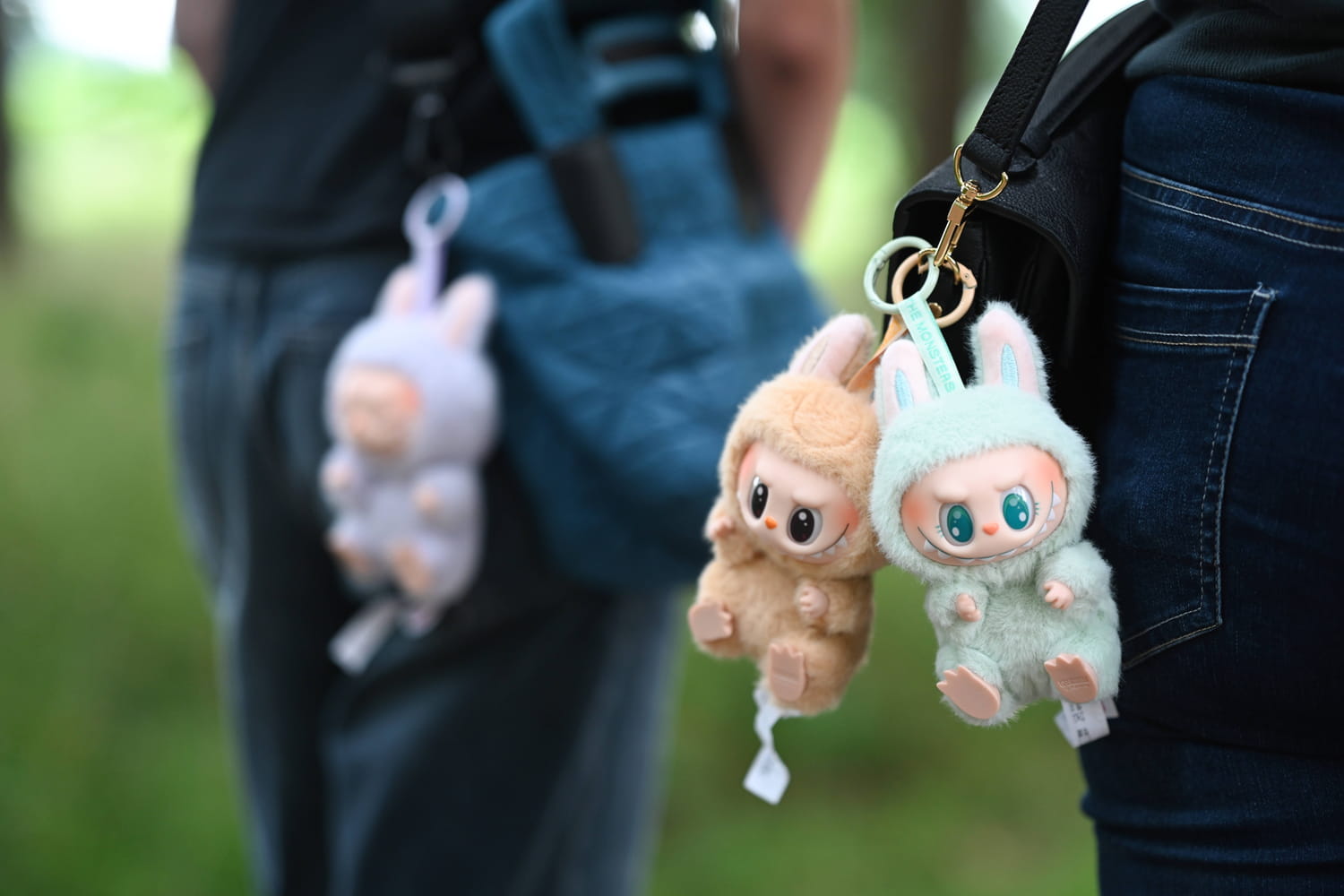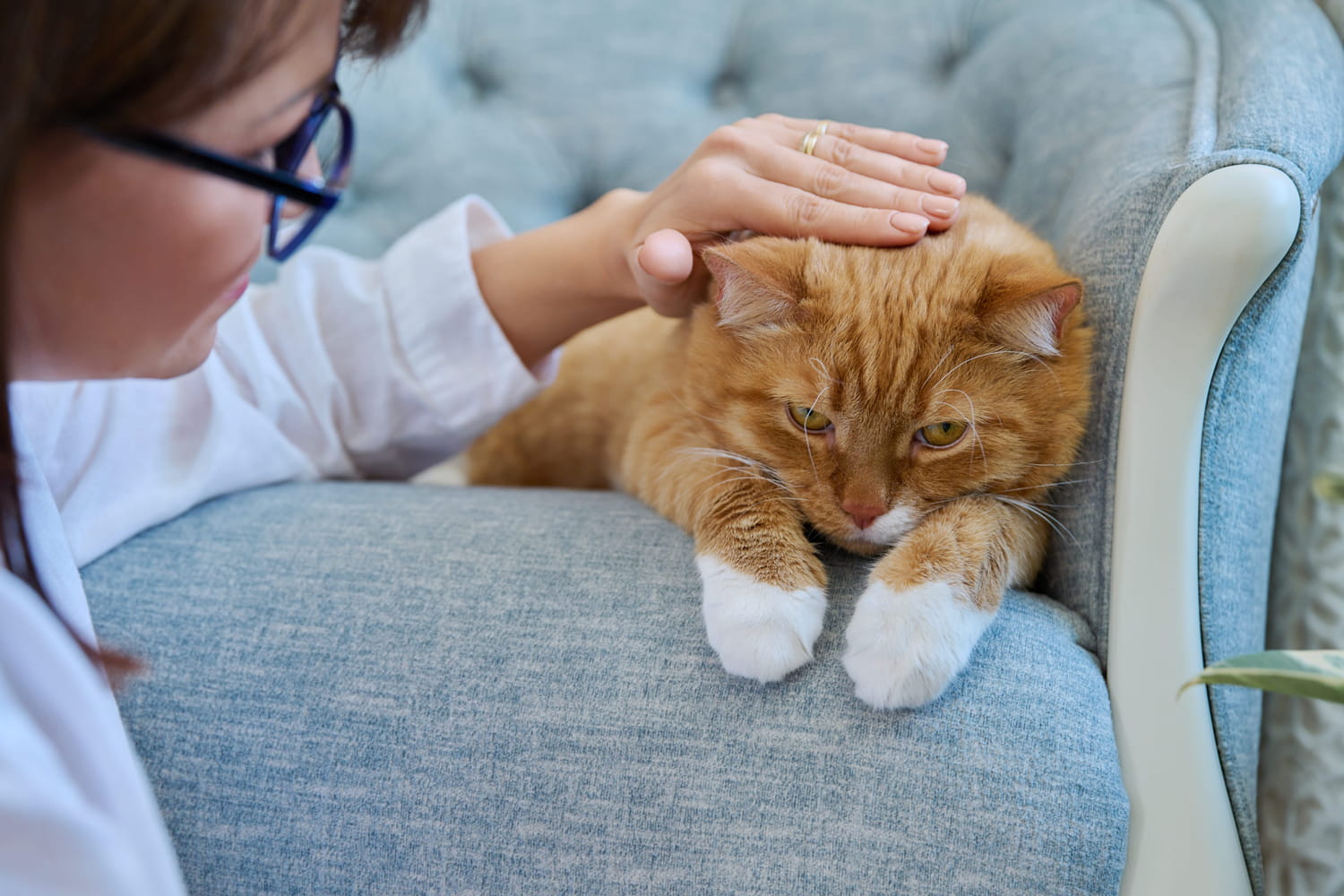Labu stuffed animals, vaguely monstrous small creatures that have become fashion accessories, sometimes tear out more than 1000 euros. Should we consider them as an investment comparable to Pokémon cards? The opinion of our expert.
Labubu is an emblematic collection toy in 2025, distributed in a blind box by Pop Mart. These stuffed animals officially sell between 17 and 28 euros, but on the secondary market, prices are soaring. Several rare models have exceeded 100,000 euros at auction. Rihanna, Dua Lipa or David Beckham have also contributed to their visibility, transforming them into pop -cons. The figures speak for themselves. A giant 131 cm figurine was sold in Beijing for 132,000 euros, according to Le Figaro. A model of 4 FT Mint – Green reached 170,000 euros during a sale in Hong Kong. Without forgetting that on Stockx, standard torsoes are negotiated on average between 108 and 310 euros. In short, the contrast is clear: for a purchase of around 20 euros, you can sometimes hope for a resale 5 to 5000 times more expensive for giant or ultra -rare editions.
The parallel with Pokémon cards is then striking: artificial rarity, speculative resale, viral excitement. The two universes work on a similar logic. A Pokémon booster costs around 6 euros and some come across ultra -rare cards like Dracaufeu 1ʳᵉ PSA 10 edition, sold up to 400,000 euros at auction. Except that Pokémon has 25 years of history, official tournaments and a lasting community. Labu is mainly based on Tiktok, Instagram, compulsive purchases and temporary stars. If Dua Lipa stops hanging on one bag, the request can fall like a soufflé.
This is precisely what challenges Romain, known by the pseudo Arkeo Toys on social networks: “Labu is part of a strong trend that has lasted for twenty years: that of” designer Toys “, where the toy is no longer just an object intended for children, but becomes a collector’s collector for young adults, artists or influencers.” He continues: “Similar phenomena have already taken place in the past, such as the Beanie Babies in the 90s, the Mighty Beanz or the Funko Pop. All experienced a peak of popularity boosted by a feeling of rarity, before seeing their value collapse.” Labu reproduces this scheme. And as he sums up it: “Unlike licenses like Pokémon or Lego, which are based on solid and transgenerational narrative universes, Labu remains above all an aesthetic and marketing success – which makes it more vulnerable to breathlessness.”
So, should we invest? His answer is measured: “If it is a personal favorite, why not. But I would be cautious if the objective is purely speculative. Today, Labu is at the top of its hype, but the history of the toy has often shown us that this type of phenomenon can descend as quickly as it is mounted.” The Pop Mart model, on the other hand, seems more solid. As Romain points out, “Like what Sanrio did with Hello Kitty or Medicom with the Bearbricks, Pop Mart builds a real design empire. Labu may disappear, but the manufacturer will probably continue to evolve.”
Note that recognizing a rare edition requires some attention. Limited editions or special colors, such as the series “Charcoal Onesie” or “Arc -en -Ciel teeth”, are much sought after. Nevertheless, you will only have one chance in 144 to come across one of these “secret” series. Furthermore, checking the authenticity of the product is essential: counterfeits called “Lafufus” circulate, and only the stuffed animals with white tag and single code are reliable. It is a white paper label attached to the plush on which a small QR code appears, redirecting directly to the official Pop Mart authentication site.







